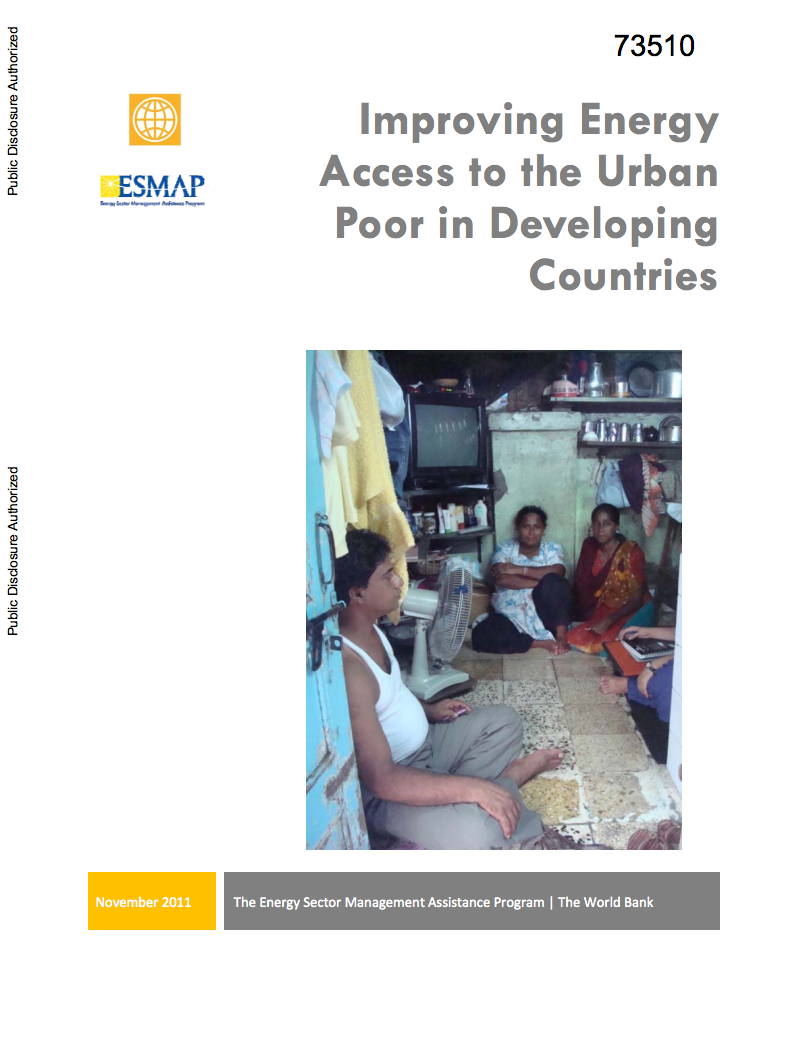Regional Program Review : The
Mesoamerican Biological Corridor
This is a Regional Program Review (RPR)
of the World Bank's support for the MBC. The review is
framed around an assessment of five Global Environment
Facility (GEF)-financed World Bank implemented projects in
Costa Rica, Honduras, Mexico, Nicaragua and Panama that had
the common objective of consolidating the Mesoamerican
Biological Corridor (MBC). It also reports on the
achievements of trust fund activities, financed by the Bank


